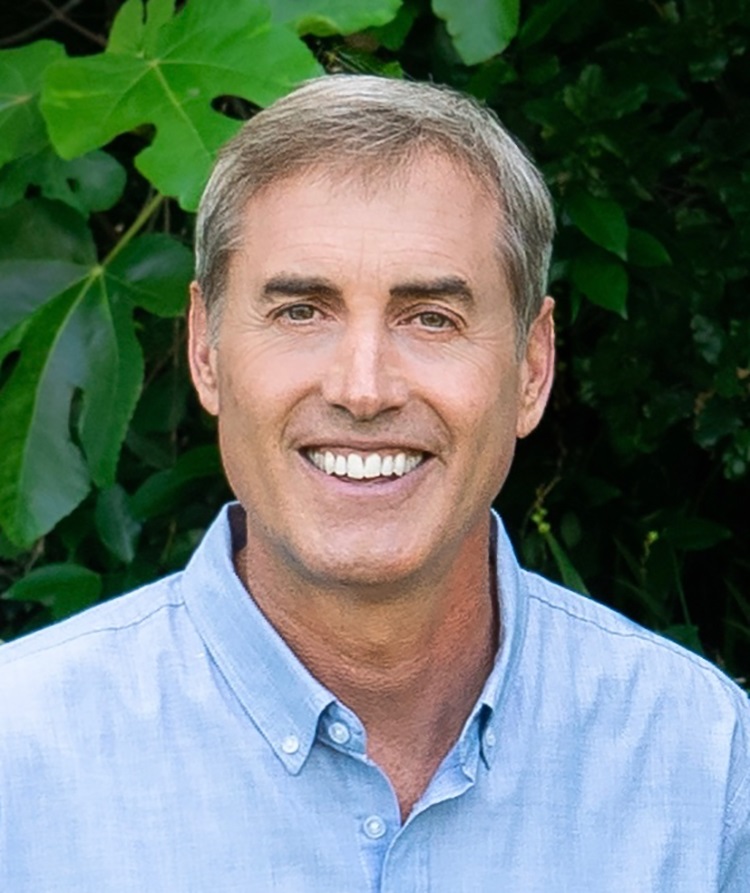A confession: I didn’t tell you everything about why my tooth-flossing habit was so successful so quickly.
Sure, I dialed my behavior in from a B=MAP perspective.
I made flossing easy to do. I found a great prompt. Bam — it’s all looking good, right?
Well, there was one more piece of the puzzle. I stumbled on it during a time when I felt so much stress that I could barely get through each day. A new business I had started was failing, and my young nephew had died tragically. Navigating the personal and day-to-day fallout of those events meant that I hadn’t had a good night’s sleep in weeks. I was so anxious most nights that I would get up at three a.m. and do the only thing that calmed me down — watch videos of puppies on the Internet. In the morning, I’d stumble out of bed and start the day. As I washed up in the bathroom, I avoided looking in the mirror. I didn’t want to be reminded of the reality that I knew would be staring me in the face: I looked terrible, felt terrible, and was scared to face the day.
One early morning, after a particularly bad night, when even the puppy videos didn’t calm me, I reluctantly glanced in the mirror and thought to myself, You know, this could be the day when the wheels totally fall off. A day of not just setbacks but paralyzing failure.
As I went about my morning routine, I picked up the floss. I thought to myself, Well, even if everything else goes wrong today, I’m not a total failure. At least I flossed one tooth.
I smiled in the mirror and said one word to myself: Victory!
Then I felt it.
Something changed. It was like a warm space had opened up in my chest where there had been a dark tightness. I felt calmer and even a little energized. And this made me want to feel that way again.
But then I worried that I was losing it. My nephew had just died, my life seemed ready to fall apart, and flossing one tooth had made me feel better? That’s nuts. How did that make me feel better?
If I hadn’t been a behavior scientist and endlessly curious about human nature, I might have laughed at myself and left it alone. But I asked myself, How did flossing that tooth make me feel better? Was it the flossing itself? Or was it saying “Victory!” into the mirror? Or was it smiling?
I tried it again that evening. I flossed one tooth, smiled at myself in the mirror, and said, “Victory!” In the days that followed, many of which were still difficult, I continued to floss and proclaim victory. No matter what else was going on, I was able to create a moment in each day when I felt good — and that was remarkable.
At the time, I didn’t know why my little celebration worked, but I sensed an important shift. I started using my victory proclamation with other new habits, and I noticed that those seemed to lock in more quickly than the ones that I didn’t celebrate. So I tried different ways to celebrate by giving myself a thumbs-up or doing a fist pump and saying, “Awesome!”
I also found ways to celebrate quietly: I could create a feeling of success by simply smiling and saying Yay! in my head.
When I started sharing my Tiny Habits method with others in 2011, I made celebration part of the program. I didn’t explain why I wanted the Habiteers to do this, I just said, “After you do your new habit, celebrate.”
Later, while training and certifying coaches to teach the Tiny Habits method, I learned that celebration doesn’t come naturally to everyone and that it even makes some people uncomfortable (we’ll tackle that later; don’t worry).
Despite my instructing them on how to celebrate, some Habiteers blew this off, thinking that celebration was optional or just too hokey to try. Even professionals who were learning my method in depth sometimes didn’t take celebration seriously. I started emphasizing this technique more and more because I became increasingly convinced of the power of feeling good as the best way to create habits. I knew that people who embraced celebrations turned out to be the most successful at creating habits quickly. What’s more, people who celebrated were telling me how surprised they were that this one little shift made such a difference. People said that they started looking forward to doing their new habits just so they could celebrate. Some would ask me, “Is that crazy?” (No. It’s actually a very good sign.)
Why have I been so adamant about celebration? To answer that, let me rewind to the early days of Tiny Habits.
A few months into my sharing the Tiny Habits method, I had an experience I will never forget. I was reading an e-mail from a woman named Rhonda. She wrote to thank me. She explained that my celebration technique had made a major impact on her life. To her surprise, she felt optimistic that she was finally discovering her potential. Once she started practicing Tiny Habits, she realized that she had endured a “life- time of self-trash-talk.”
This insight from Rhonda galvanized me. It made me even more determined to share Tiny Habits and the powerful technique of celebration. Thanks to Rhonda, I changed course: The project I called Tiny Habits needed to be more than research. It needed to be a global intervention.

Excerpted from Tiny Habits: The Small Changes that Change Everything by BJ Fogg. Copyright © 2019 by BJ Fogg. Reprinted by permission of HMH Books and Media. All rights reserved.
Follow us here and subscribe here for all the latest news on how you can keep Thriving.
Stay up to date or catch-up on all our podcasts with Arianna Huffington here.


